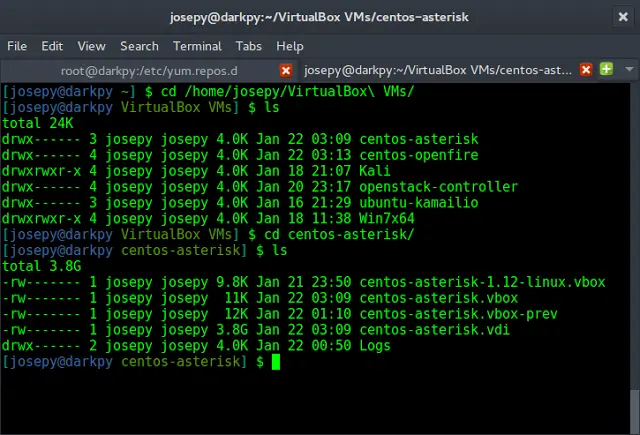Matplotlib is a library in Python and it is numerical – mathematical extension for NumPy library. The Axes Class contains most of the figure elements: Axis, Tick, Line2D, Text, Polygon, etc., and sets the coordinate system. And the instances of Axes supports callbacks through a callbacks attribute.
The Axes.indicate_inset() function in axes module of matplotlib library is also used to add an inset indicator to the axes.
Syntax: Axes.indicate_inset(self, bounds, inset_ax=None, *, transform=None, facecolor=’none’, edgecolor=’0.5′, alpha=0.5, zorder=4.99, **kwargs)
Parameters: This method accept the following parameters that are described below:
- inset_ax: This parameter is an optional inset axes to draw connecting lines to.
- **kwargs: Other kwargs are passed on to Axes.inset_rectangle.
Returns: This method returns the following:
- rectangle_patch : This return the indicator frame.
- connector_lines: This return the four connector lines connecting to (lower_left, upper_left, lower_right upper_right) corners of inset_ax.
Note: This function works in Matplotlib version >= 3.0
Below examples illustrate the matplotlib.axes.Axes.indicate_inset_zoom() function in matplotlib.axes:
Example 1:
Python3
# Implementation of matplotlib functionimport matplotlib.pyplot as pltimport numpy as npfig, ax = plt.subplots()Z2 = np.zeros([150, 150], dtype ="g")axins = ax.inset_axes([0.5, 0.5, 0.47, 0.47])x1, x2, y1, y2 = -1.5, -0.9, -2.5, -1.9axins.set_xlim(x1, x2)axins.set_ylim(y1, y2) ax.indicate_inset_zoom(axins)ax.set_title('matplotlib.axes.Axes.indicate_inset_zoom() Example', fontsize = 14, fontweight ='bold')plt.show() |
Output:

Example 2:
Python3
# Implementation of matplotlib functionimport matplotlib.pyplot as pltimport numpy as np def neveropen(): from matplotlib.cbook import get_sample_data import numpy as np f = get_sample_data("axes_grid / bivariate_normal.npy", asfileobj = False) z = np.load(f) return z, (-3, 4, -4, 3) fig, ax = plt.subplots() X, extent = neveropen()Z2 = np.zeros([150, 150], dtype ="g")ny, nx = X.shapeZ2[30:30 + ny, 30:30 + nx] = X ax.imshow(Z2, extent = extent, interpolation ="nearest", origin ="lower", cmap ="YlGn") axins = ax.inset_axes([0.5, 0.5, 0.47, 0.47])axins.imshow(Z2, extent = extent, interpolation ="nearest", origin ="lower", cmap ="BuGn")x1, x2, y1, y2 = -1.5, -0.9, -2.5, -1.9axins.set_xlim(x1, x2)axins.set_ylim(y1, y2) ax.indicate_inset_zoom(axins) ax.set_title('matplotlib.axes.Axes.indicate_inset_zoom() Example', fontsize = 14, fontweight ='bold')plt.show() |
Output:





